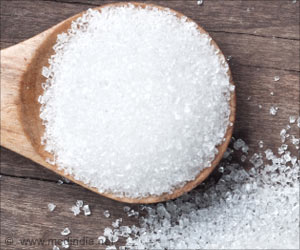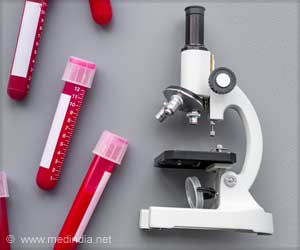
"Identifying quality health care and cost savings for treating a disease that affects millions of Americans is critical," said Marshall Hicks, M.D., FSIR, president-elect of the Society of Interventional Radiology, a national scientific organization of nearly 4,700 doctors, scientists and allied health professionals dedicated to improving health care through minimally invasive treatments. "This study can help consumers understand that different doctors get different outcomes for the same treatments—and that they have a choice," said Hicks, an interventional radiologist and head of the diagnostic imaging division at the University of Texas MD Anderson Cancer Center in Houston.
PAD is a common yet dangerous condition that affects an estimated 10 million people in the United States (12 percent of Americans over age 65) and can lead to heart attack or stroke. The vascular disease develops mostly as a result of atherosclerosis or hardening of the arteries, which occurs when cholesterol and scar tissue build up, forming plaque that narrows and clogs the arteries and slows blood flow to the legs.
Researchers in the study reviewed Medicare claims data from more than 14,000 patients with PAD over two years from Medicare's Standard Analytical Files, which present a large dataset that contains all services (physician, inpatient, and outpatient). The authors compared outcomes of percutaneous (procedures done through the skin) PAD treatments in Medicare patients according to the physician specialty type (interventional radiologist, interventional cardiologist, vascular surgeon) that provided the service and assessed mortality, transfusion, intensive care use, length of stay, and subsequent restoration of blood supply or amputation. Outcomes were compared using standard outcome prediction formulas adjusted for age, gender, race, emergency department admission and other existing conditions.
"We found that costs and provider care are not alike," said current society president Timothy P. Murphy, M.D., FSIR, a study co-author. "We noted that the adjusted average one-year procedure cost when performed by interventional radiologists was about $17,640. That's a cost savings to Medicare of approximately $1,000 per procedure—which means that in such a large population, treatments for PAD by interventional radiologists could potentially save taxpayers $230 million each year. And the patient outcomes are better," said Murphy, an interventional radiologist and director of the Vascular Disease Research Center at Rhode Island Hospital in Providence.
Murphy noted data from the study provided strong evidence that treatment by interventional radiologists provides numerous benefits to the PAD patient, such as less risk of infection, less anesthesia, less pain and scarring, faster recovery and a quicker return to normal activities. "The Medicare data clearly show more transfusion and intensive care utilization, longer length of stay, more repeat procedures or amputations and higher costs when treatment is not performed by interventional radiologists," Murphy added.
Advertisement
Advertisement










